Home>Construction & Tools>Building Materials>How To Push Back A Leaning Brick Wall
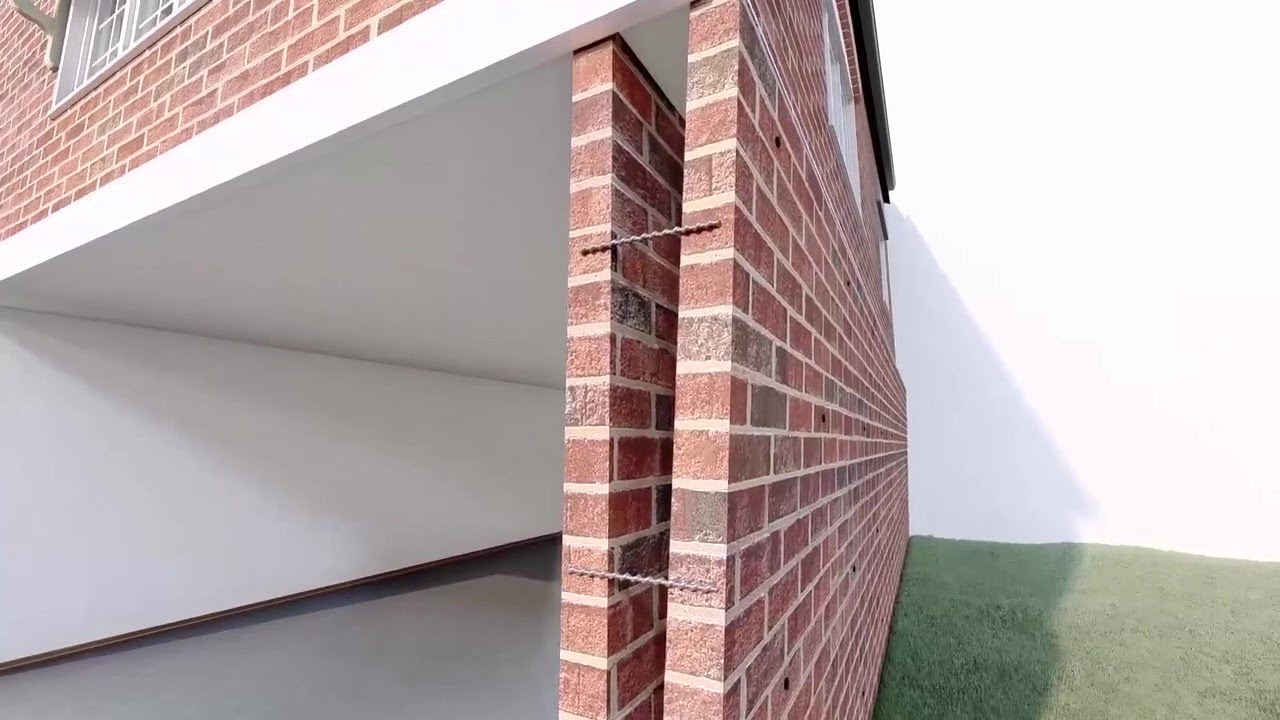

Building Materials
How To Push Back A Leaning Brick Wall
Modified: October 20, 2024
Learn how to safely push back a leaning brick wall using the right building materials and techniques. Protect your property and ensure structural stability.
(Many of the links in this article redirect to a specific reviewed product. Your purchase of these products through affiliate links helps to generate commission for Storables.com, at no extra cost. Learn more)
Introduction
Read more: How To Repair A Leaning Brick Wall
Introduction
Welcome to our comprehensive guide on how to push back a leaning brick wall. Dealing with a leaning brick wall can be a daunting task, but with the right approach and materials, it's a project that can be effectively tackled. Whether you're a seasoned DIY enthusiast or a homeowner looking to address this issue, this guide will provide you with the necessary steps to push back a leaning brick wall and reinforce it for long-term stability.
A leaning brick wall not only poses a safety risk but can also detract from the overall aesthetics and value of your property. Addressing this issue promptly is crucial to prevent further damage and ensure the structural integrity of the wall. By following the steps outlined in this guide, you'll be equipped with the knowledge and techniques to effectively address a leaning brick wall, restoring both functionality and visual appeal to your property.
Throughout this guide, we'll cover the essential steps involved in pushing back a leaning brick wall, from assessing the situation and gathering the necessary materials to preparing the area, executing the pushback process, and reinforcing the wall for added stability. By the end of this guide, you'll have a comprehensive understanding of the entire process, empowering you to take on this project with confidence and precision.
So, let's dive in and explore the steps involved in pushing back a leaning brick wall, equipping you with the skills and insights needed to tackle this project effectively. Whether you're looking to enhance the safety and aesthetics of your property or simply seeking to expand your DIY skills, this guide is your go-to resource for addressing a leaning brick wall with expertise and finesse.
Assessing the Situation
Key Takeaways:
- Assess the leaning brick wall thoroughly to understand the causes and potential damage. Seek professional help if needed to ensure a safe and effective restoration process.
- Gather the right materials and tools before pushing back the wall. Prepare the area by clearing debris and marking utility lines to create a safe working environment.
Assessing the Situation
Before embarking on the process of pushing back a leaning brick wall, it’s crucial to assess the situation thoroughly. Understanding the underlying causes of the wall’s lean and evaluating the extent of the damage are essential steps in formulating an effective plan of action.
Begin by visually inspecting the leaning brick wall from various angles, noting the degree of the lean and any visible cracks or damage. It’s important to assess whether the foundation has shifted, if there are any signs of water damage, or if the mortar joints have deteriorated over time. Identifying these key factors will provide valuable insights into the root causes of the wall’s instability.
Additionally, consider the surrounding environment and any potential stressors that may have contributed to the wall’s lean. Factors such as nearby tree roots, uneven soil settlement, or inadequate drainage can all impact the stability of a brick wall. By conducting a comprehensive assessment, you’ll be better equipped to address the underlying issues and implement effective solutions.
If the leaning wall exhibits significant structural damage or if you’re uncertain about the underlying causes, consulting a professional contractor or structural engineer is highly recommended. Their expertise can provide invaluable insights and ensure that the necessary remedial measures are undertaken with precision and expertise.
Furthermore, take note of any utilities or obstacles near the wall that may impact the pushback process. Clearing the area of debris, vegetation, or any obstructions will create a safer and more accessible workspace for the subsequent steps involved in pushing back the wall.
By thoroughly assessing the situation, you’ll gain a comprehensive understanding of the factors contributing to the wall’s lean and be better prepared to proceed with the subsequent stages of the pushback process. This initial evaluation sets the foundation for a targeted and effective approach to addressing the leaning brick wall, ultimately leading to a successful restoration of its stability and structural integrity.
Gathering Materials
Read more: What Is A Push Back Recliner
Gathering Materials
Once you have assessed the leaning brick wall and are ready to proceed with the pushback process, it’s essential to gather the necessary materials and tools to execute the task effectively. Having the right equipment at your disposal will streamline the project and ensure that each step is carried out with precision and efficiency.
Here’s a comprehensive list of materials and tools you’ll need for pushing back a leaning brick wall:
- Steel pipes: These will serve as the primary support for pushing the wall back into position.
- Hydraulic jack: An essential tool for applying controlled pressure to the steel pipes and gradually pushing the wall back.
- Masonry mortar: To repair any damaged mortar joints and reinforce the wall after the pushback process.
- Shovel: For clearing debris and preparing the area around the wall for the pushback process.
- Level: To ensure the wall is realigned and positioned correctly during the pushback.
- Protective gear: Including gloves, safety goggles, and sturdy footwear to ensure personal safety during the project.
- Masonry chisel and hammer: For minor adjustments and repairs to the brickwork as needed.
- Wheelbarrow: To transport materials and debris as necessary.
- Measuring tape: For accurate measurements and alignment during the pushback process.
It’s important to ensure that all materials and tools are in good working condition and readily accessible before commencing the project. Additionally, consider the quantity of materials needed based on the size and extent of the leaning brick wall, allowing for any unforeseen requirements that may arise during the pushback process.
By gathering the essential materials and tools in advance, you’ll be well-prepared to execute each phase of the pushback process efficiently and with a focus on safety and precision. This proactive approach sets the stage for a successful pushback and subsequent reinforcement of the brick wall, ultimately restoring its stability and structural integrity.
Preparing the Area
Preparing the Area
Prior to initiating the pushback process for a leaning brick wall, thorough preparation of the surrounding area is essential to ensure a safe and effective working environment. By taking the time to prepare the area, you’ll streamline the pushback process and minimize potential obstacles that could impede the restoration efforts.
Here are the key steps involved in preparing the area for pushing back a leaning brick wall:
- Clearing Debris: Begin by removing any debris, vegetation, or loose objects in the vicinity of the leaning wall. Clearing the area will create a safe and unobstructed workspace for the subsequent steps.
- Marking Utility Lines: Identify and mark any underground utility lines, such as water pipes or electrical conduits, to prevent accidental damage during the pushback process.
- Securing Access: Ensure that the area is accessible for the equipment and tools required for the pushback. Clear pathways and secure any necessary permits or permissions for the work area.
- Stabilizing the Foundation: If the leaning wall’s foundation is unstable or compromised, take measures to stabilize it before proceeding with the pushback. This may involve reinforcing the foundation or addressing any underlying issues contributing to the instability.
- Setting Up Support System: Position the steel pipes and hydraulic jack in place, ensuring that they are securely anchored and aligned to facilitate the controlled pushback of the wall.
Throughout the preparation phase, prioritize safety measures to mitigate potential hazards and ensure a secure working environment. Additionally, consider enlisting the assistance of a knowledgeable partner or team to support the preparation efforts and facilitate a smooth transition into the pushback process.
By dedicating attention to preparing the area, you’ll establish the groundwork for a systematic and efficient pushback of the leaning brick wall. This proactive approach not only enhances safety and organization but also sets the stage for a successful restoration of the wall’s stability and structural integrity.
Pushing Back the Wall
Read more: How To Get My Office Chair To Lean Back
Pushing Back the Wall
The process of pushing back a leaning brick wall requires a methodical approach and careful execution to achieve optimal results. By following the steps outlined below, you’ll be able to effectively realign the wall and restore its stability, enhancing both safety and visual appeal.
Here’s a comprehensive guide to pushing back a leaning brick wall:
- Positioning the Hydraulic Jack: Place the hydraulic jack at the base of the steel pipes, ensuring that it is centered and securely positioned to exert controlled pressure.
- Applying Gradual Pressure: Slowly activate the hydraulic jack to apply gentle and incremental pressure to the steel pipes, directing the force towards the leaning wall. This gradual approach allows for precise adjustments and minimizes the risk of structural stress.
- Monitoring Alignment: As the wall begins to respond to the applied pressure, closely monitor its alignment and adjust the jack as needed to ensure a gradual and controlled pushback process.
- Verifying Stability: Periodically assess the stability of the wall and verify that it is realigning without undue strain or structural compromise. Utilize a level to confirm the vertical alignment of the wall during the pushback process.
- Releasing Pressure: Once the wall has been successfully pushed back into a stable position, carefully release the pressure from the hydraulic jack and remove the steel pipes from the supporting framework.
Throughout the pushback process, maintain a keen focus on precision and safety, ensuring that the wall is realigned without imposing excessive stress on the structure. Additionally, enlist the support of a knowledgeable partner or team to assist in monitoring the realignment and providing valuable insights during the pushback.
By methodically executing the pushback process, you’ll be able to effectively restore the stability and alignment of the leaning brick wall, setting the stage for the subsequent reinforcement steps to further enhance its structural integrity.
Reinforcing the Wall
Reinforcing the Wall
Following the successful pushback of a leaning brick wall, reinforcing the structure is essential to fortify its stability and prevent future leaning or instability. By implementing the following reinforcement measures, you’ll enhance the structural integrity of the wall, ensuring long-term durability and resilience.
Here’s a comprehensive guide to reinforcing a leaning brick wall:
- Inspecting Mortar Joints: Thoroughly examine the mortar joints for any signs of damage or deterioration resulting from the leaning wall. Identify areas requiring repair and prepare them for the application of new mortar.
- Repairing Mortar Joints: Using masonry mortar, carefully repair any damaged or compromised mortar joints, ensuring a secure and uniform bond between the bricks. This step is crucial for reinforcing the overall stability of the wall.
- Applying Structural Enhancements: Consider implementing structural enhancements, such as steel reinforcement bars or additional support elements, to further fortify the wall against future leaning or instability.
- Waterproofing and Sealing: Apply a waterproofing sealant to the exterior surface of the wall to protect it from moisture infiltration and minimize the risk of water-related damage, which can compromise the structural integrity over time.
- Monitoring and Maintenance: Establish a routine schedule for monitoring the reinforced wall and conducting regular maintenance to address any potential issues promptly. This proactive approach will help sustain the wall’s stability and longevity.
Throughout the reinforcement process, prioritize thoroughness and attention to detail, ensuring that each step is carried out with precision and adherence to best practices in masonry and structural reinforcement. Additionally, consider consulting with a professional mason or structural engineer to gain valuable insights and recommendations for reinforcing the wall effectively.
By reinforcing the leaning brick wall with a focus on durability and resilience, you’ll significantly enhance its capacity to withstand external forces and maintain stability over time. This proactive approach to reinforcement ensures that the wall remains a robust and enduring feature of your property, providing both functional and aesthetic value for years to come.
Conclusion
Conclusion
Congratulations on successfully completing the comprehensive guide on how to push back a leaning brick wall. By following the detailed steps outlined in this guide, you’ve gained valuable insights and practical techniques for addressing a leaning brick wall with expertise and precision. From assessing the situation and gathering the necessary materials to executing the pushback process and reinforcing the wall, you’ve acquired the knowledge and skills needed to restore the stability and structural integrity of a leaning brick wall.
Addressing a leaning brick wall is a project that demands careful attention to detail, a methodical approach, and a commitment to safety and precision. By thoroughly assessing the situation, preparing the area, and executing the pushback process with diligence, you’ve taken proactive steps to enhance the safety and visual appeal of your property while safeguarding the structural integrity of the wall.
Throughout this guide, you’ve embraced the principles of proactive maintenance and structural restoration, equipping yourself with the expertise to address a leaning brick wall effectively. By reinforcing the wall and implementing measures to mitigate future instability, you’ve positioned the structure for long-term durability and resilience, ensuring its enduring value as a key feature of your property.
As you reflect on the journey of pushing back a leaning brick wall, remember the importance of periodic monitoring and maintenance to sustain the wall’s stability and structural integrity. By incorporating these practices into your property maintenance routine, you’ll preserve the lasting impact of your efforts and uphold the safety and aesthetic appeal of the restored brick wall.
Whether you’ve undertaken this project as a homeowner or a DIY enthusiast, your commitment to excellence and dedication to quality craftsmanship have been instrumental in the successful restoration of the leaning brick wall. Your newfound expertise in addressing structural challenges will serve you well in future endeavors and contribute to the ongoing care and enhancement of your property.
Thank you for embarking on this journey of restoration and mastery. Your proactive approach to addressing a leaning brick wall exemplifies a commitment to excellence and a dedication to the enduring value of your property. May the knowledge and skills you’ve acquired serve as a foundation for future projects and inspire others to embrace the art of structural restoration with confidence and finesse.
Frequently Asked Questions about How To Push Back A Leaning Brick Wall
Was this page helpful?
At Storables.com, we guarantee accurate and reliable information. Our content, validated by Expert Board Contributors, is crafted following stringent Editorial Policies. We're committed to providing you with well-researched, expert-backed insights for all your informational needs.
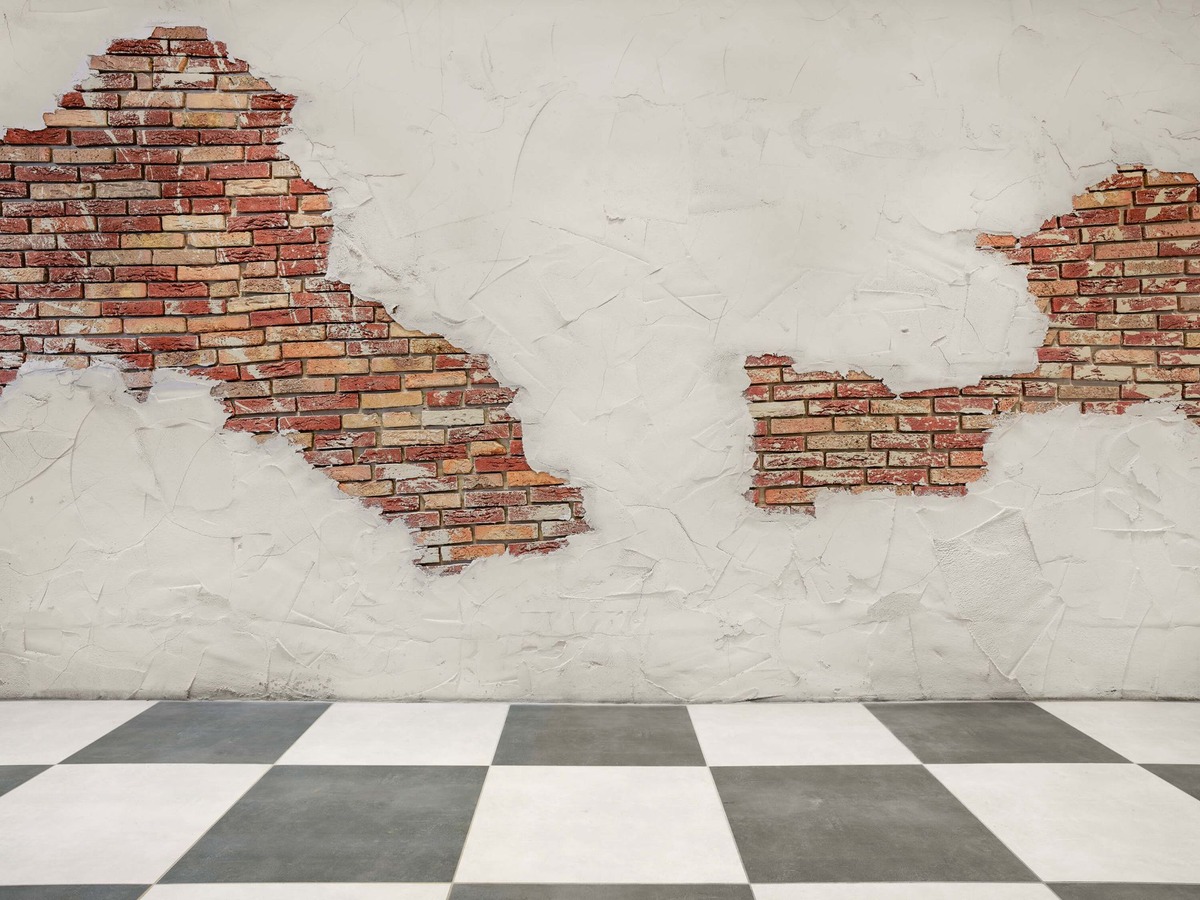
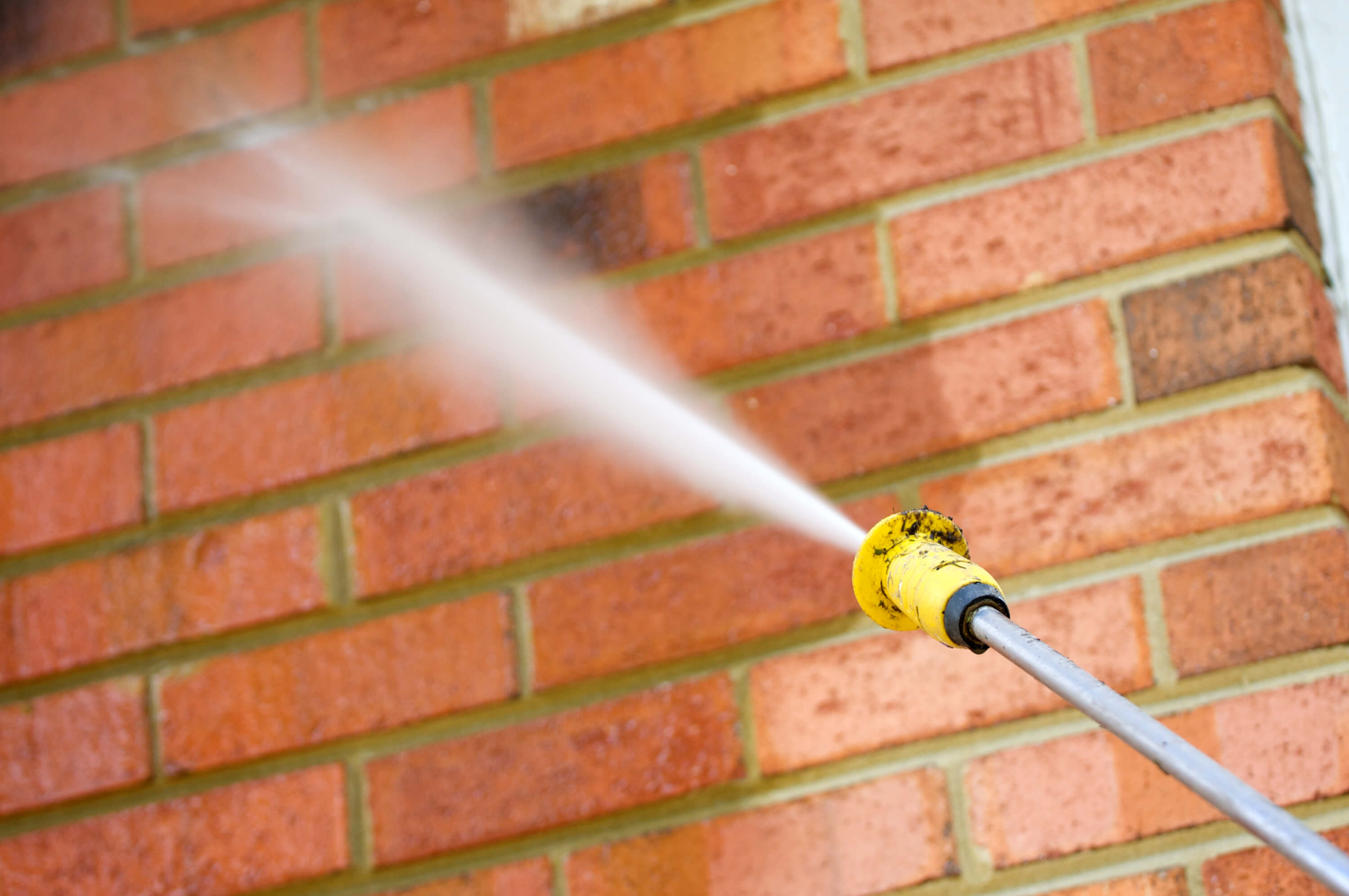

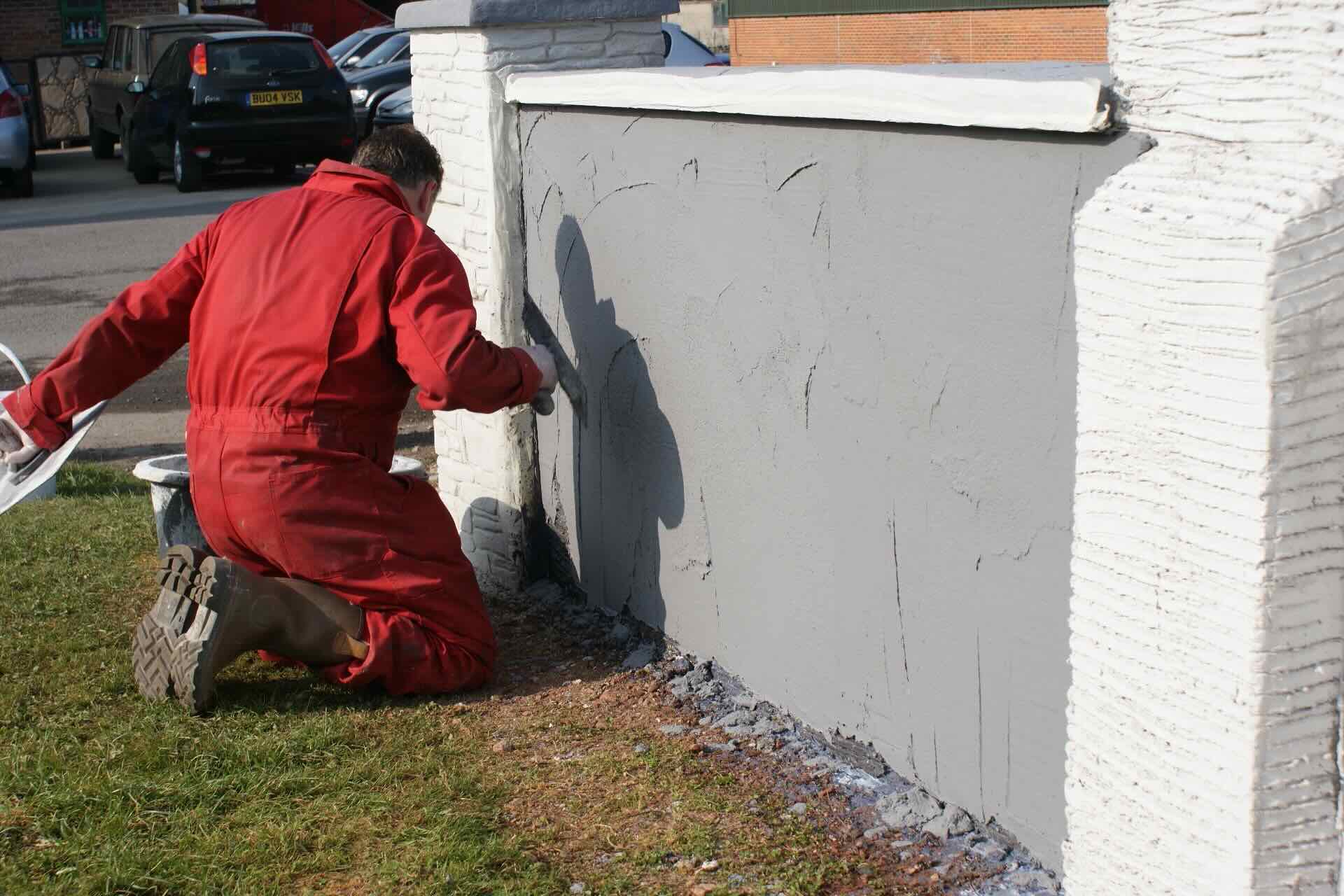
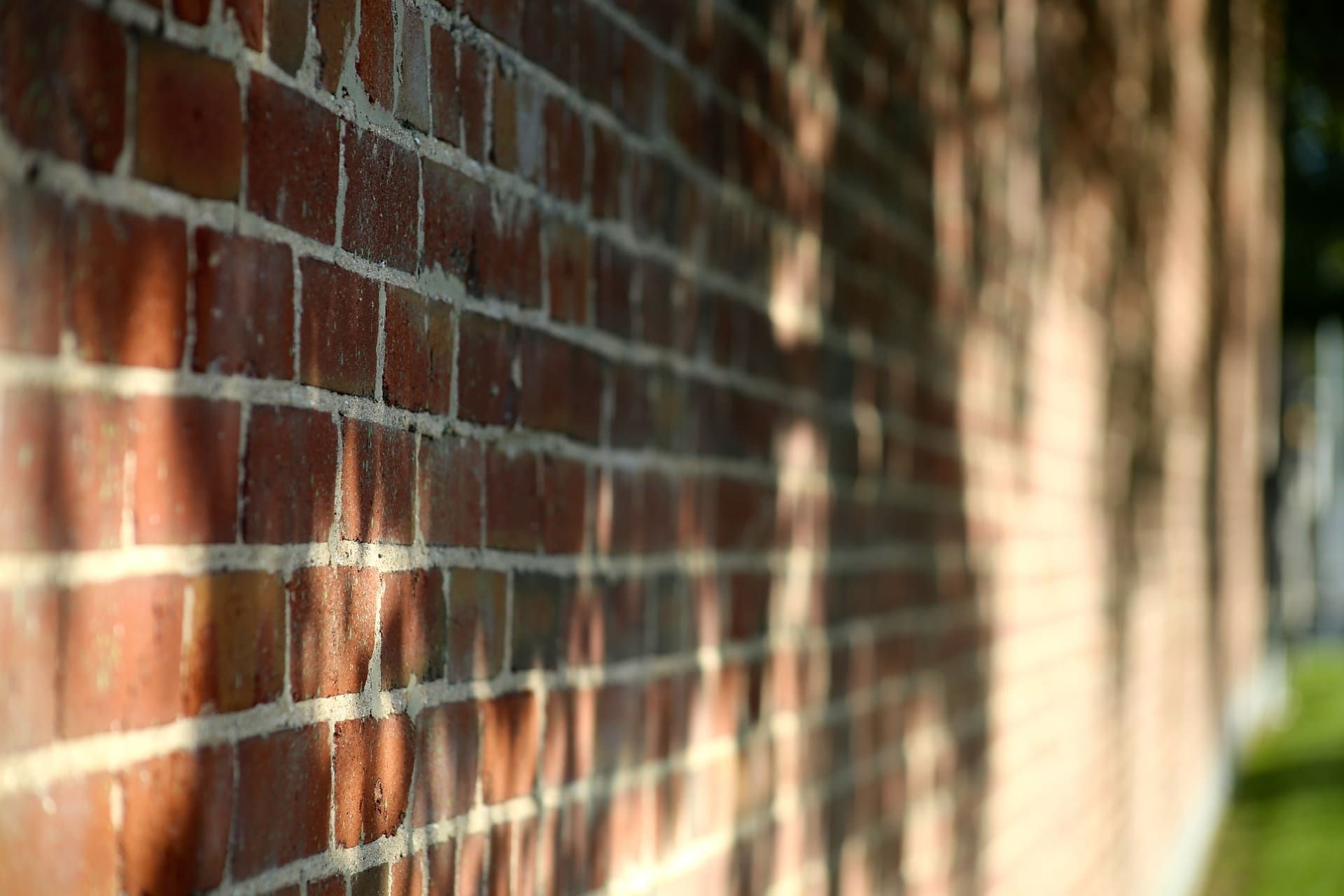
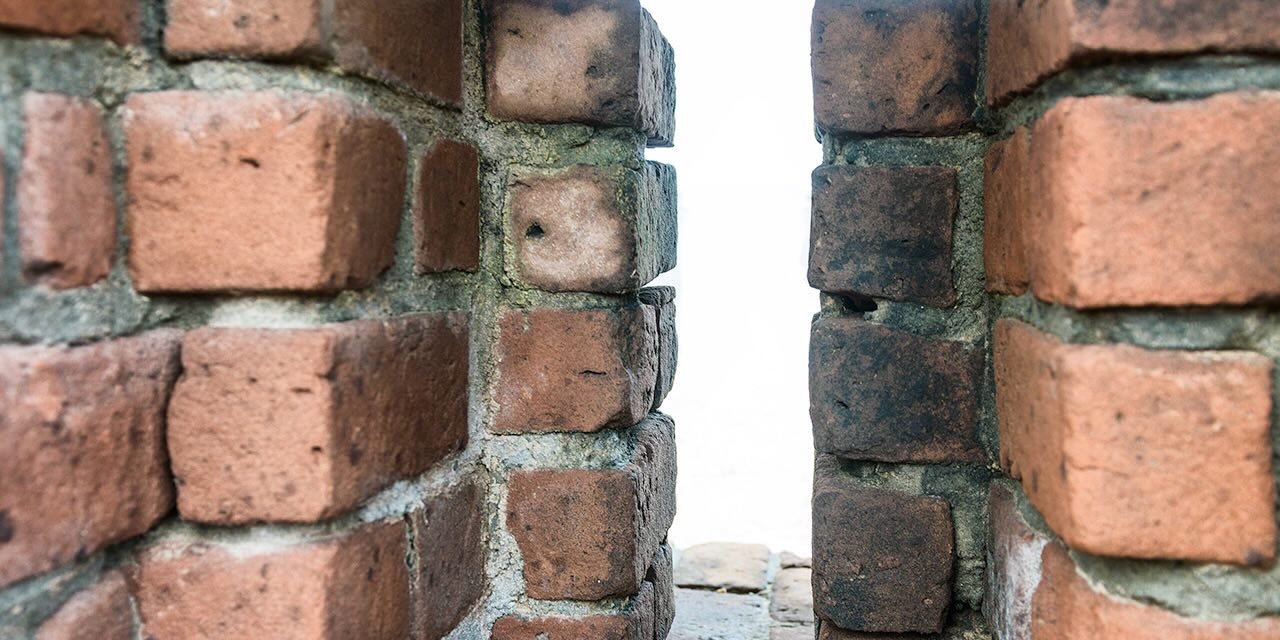
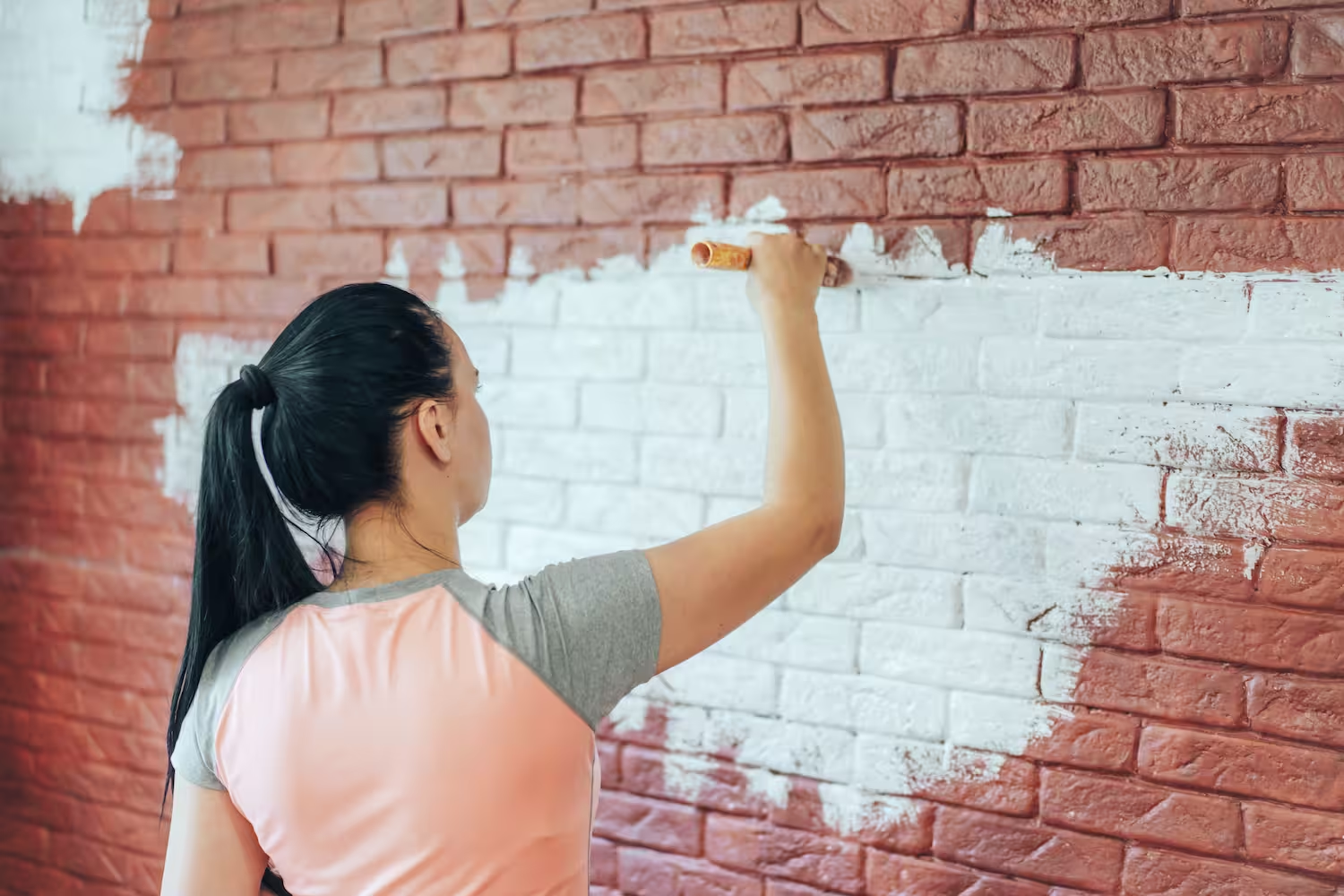

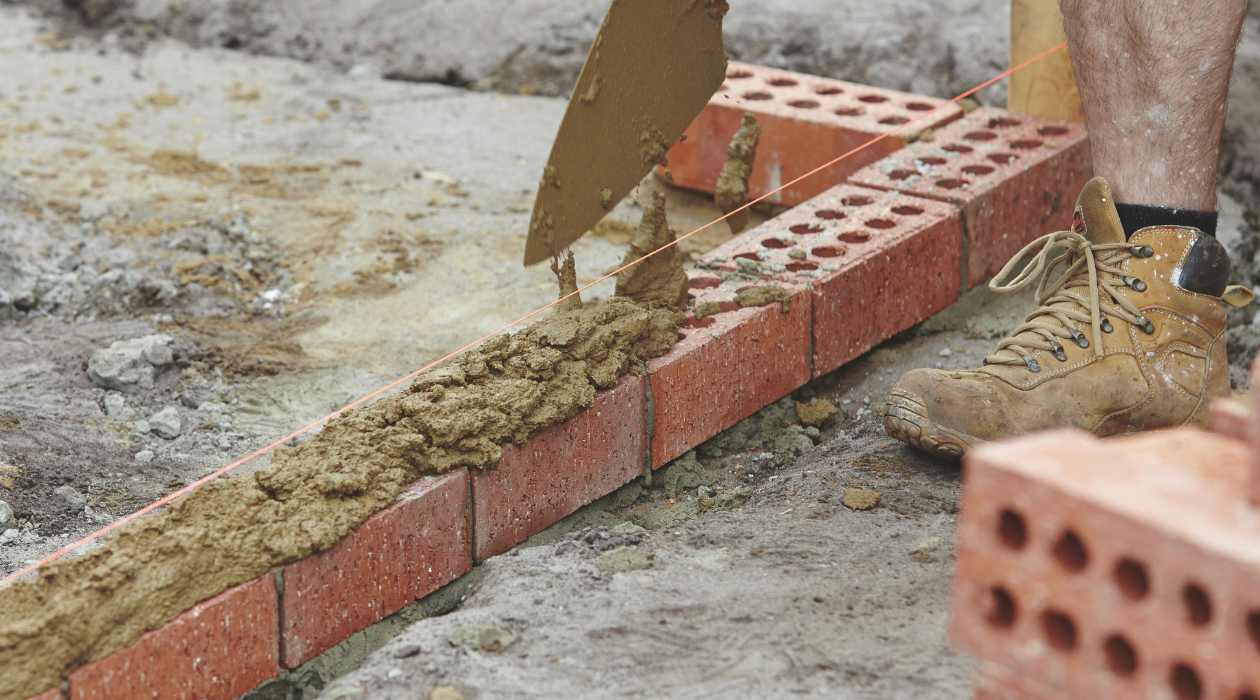
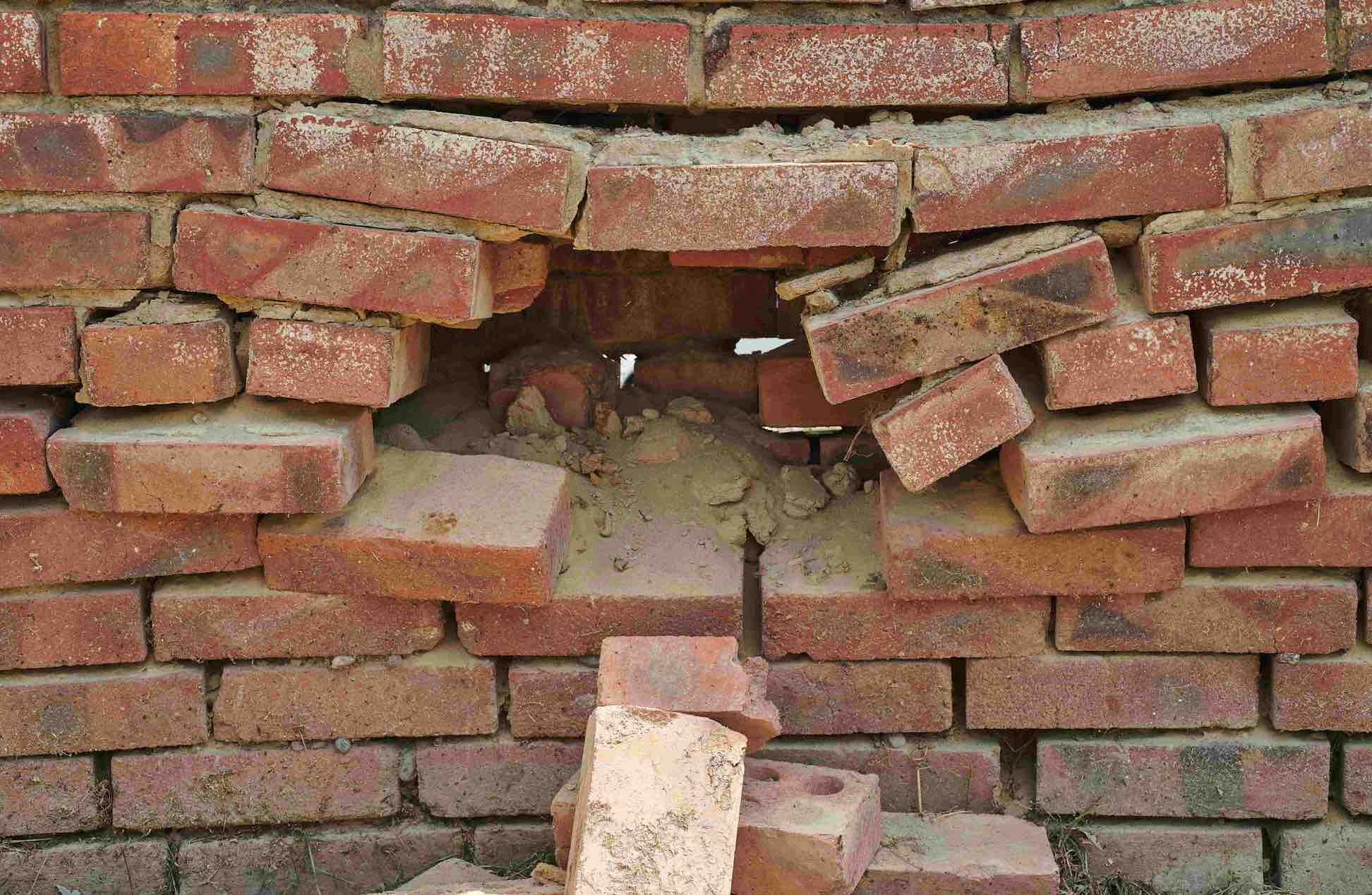
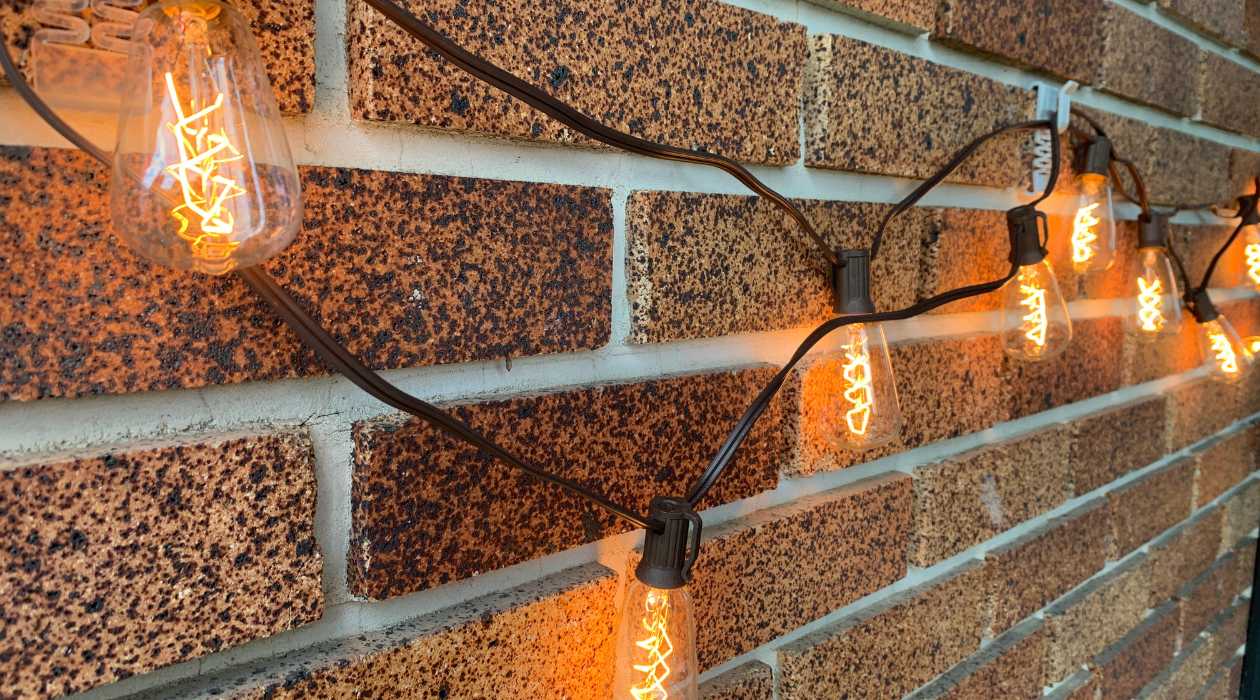
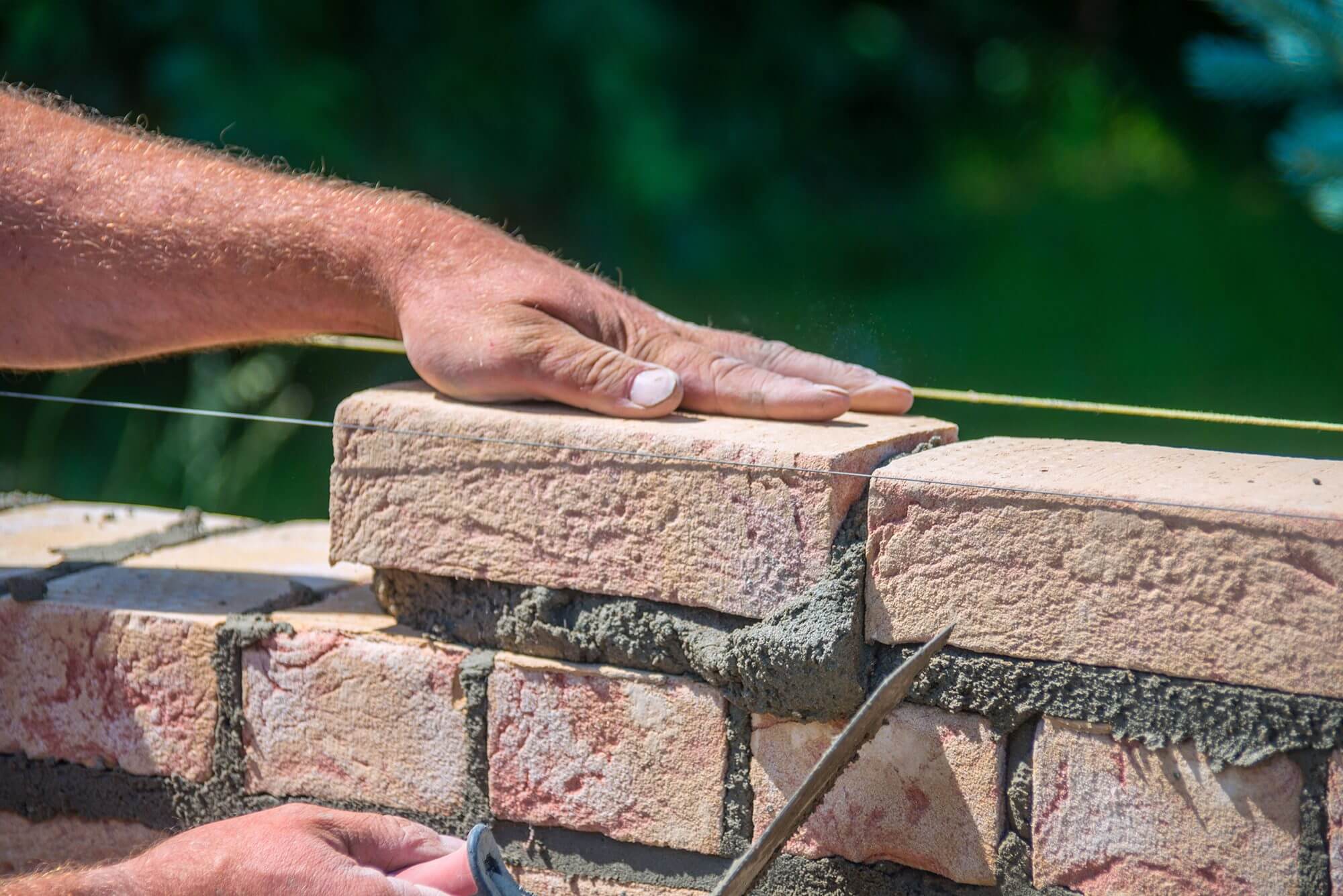

0 thoughts on “How To Push Back A Leaning Brick Wall”